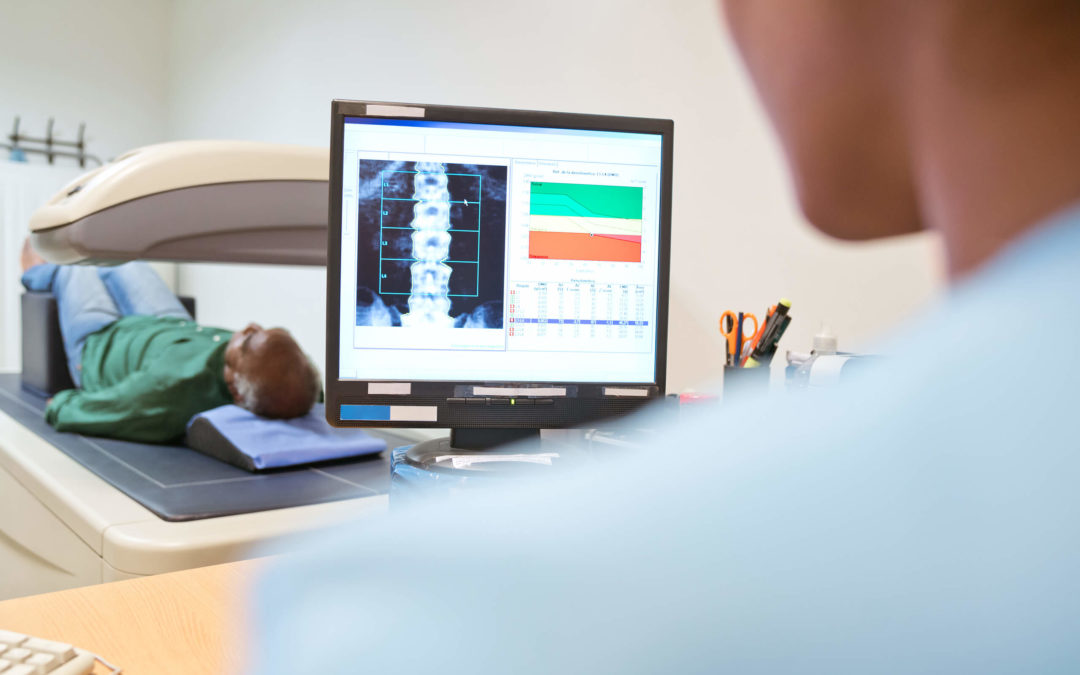Exactly what does an osteopathic doctor do, and how does he do it? Knowing more about the history of osteopathic medicine may help you understand the specialty.
In 1874, Dr. Andrew Taylor Still, M.D., (1828–1917) envisioned a totally new medical system that acknowledges the relationships among the body, mind, emotions, and spirit. He called his innovative approach “osteopathy.”
William Garner Sutherland, DO, then discovered cranial osteopathy in the early to mid-1900s. He was the first to perceive a subtle, palpable movement within the bones of the cranium, and he went on to discover the continuity of this rhythmic fluid movement throughout all tissues of the body.
A combination of both of their theories has led to the use of osteopathy to treat patients’ symptoms until today.
What Does an Osteopathic Doctor Do?
What an osteopathic doctor does and how he does it may differ depending on the physician.
In Dr. Max Feinstein’s case, he takes a holistic approach that combines internal medicine and osteopathic medicine. Treatment is about the body, but it’s also about the mind. As an osteopathic doctor, Dr. Feinstein finds underlying causes of patients’ ailments and uses them to relieve the symptoms.
By pinpointing the interactions between the whole body and mind, treatment results can be more optimal and longer-lasting.
How Can a DO Help Me?
Just like your body and your mind affect one another, so does your history. Physical and emotional trauma or everyday experiences can affect both your body and mind — possibly leading to chronic effects. Patients tend to live with it with the belief of, “That’s just how my body is,” but in many cases, treatment can alleviate chronic health issues.
Osteopathy can be used to treat a wide array of symptoms and conditions, including:
• Back and joint pain
• Stress that manifests itself into physical pain or discomfort
• Tendonitis
• The chronic effects of traumatic injuries
• Menstrual symptoms
• Respiratory conditions, such as asthma
• Digestive disorders
• Seizure disorders
• Learning disorders and dyslexia
• Headaches
• Allergies
How Does a Doctor of Osteopathic Medicine Treat His Patients?
An appointment with an osteopathic doctor will begin with the basic consultation and check of your vitals. Afterward, you would lie down or sit on a treatment table, and the doctor will use his hands to evaluate tissue function and structural dynamics. During this process, the DO may be able to identify a cause-and-effect relationship between your symptoms and their source.
The doctor will then use a gentle approach to loosen the pertinent areas of the body, such as the tailbone and tissues.
Patients’ experiences during this treatment vary. Some feel some discomfort after the first treatment, and some report instant relief. Others feel the benefits only after multiple appointments, which take about 30 minutes each. The ultimate goal is a long-lasting improvement in patients’ well-being, physical health, and mental health.
To learn more about what an osteopathic doctor does or how our DO can help you specifically, make an appointment to see Dr. Feinstein here at our Southfield, Michigan office.

